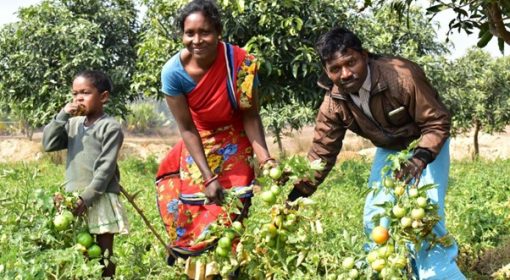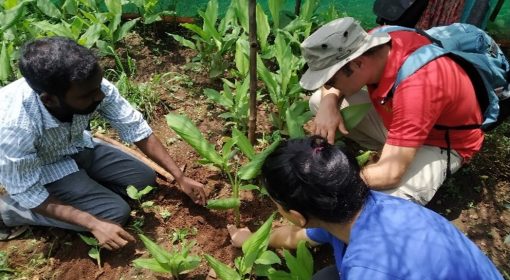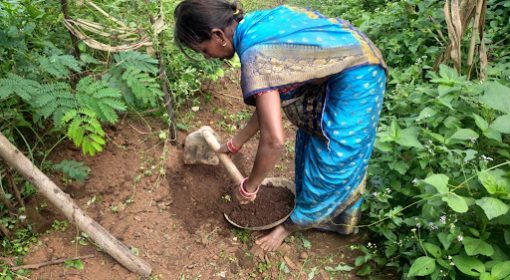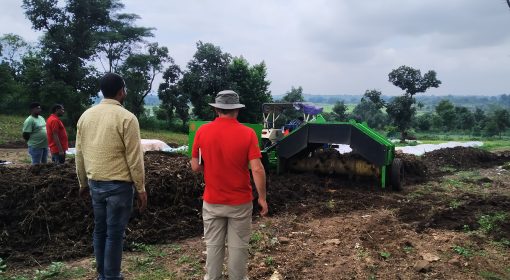By Marina Vara Gutiérrez (Aidenvironment) and Rubén Borges Robles (Rockinsoils)
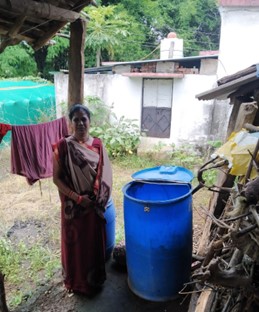
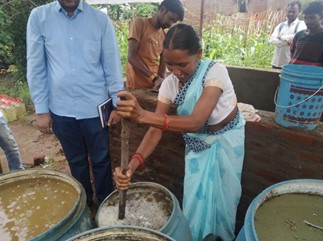
India has seen a rapid growth in the use of chemical fertilisers and pesticides over the last decade as the country’s population increased. In Madhya Pradesh and Jharkhand, two states in central India, farmers use more than twice as much fertiliser per acre as farmers in other parts of India. This overuse has led to a number of negative consequences for both soil quality and human health.
In recent years, there has been a number of Indian farmers adopting regenerative agricultural practices as a way to counter part of the negative effect of decades of agricultural chemical input uses. One of these practices is the use of biofertilizers and bio pesticides produced locally with available natural resources in the area. As part of the Green Transformation Pathways (GTP) project, the concept of bio-resource centres (BRCs) has been introduced in rural areas where access to information about regenerative agricultural practices and bio inputs is limited or nonexistent.
The Bio-Resource centre model is in a piloting phase. The main challenges the BRCs are facing at this stage relate to the accessibility of resources (there is a scarcity of certain inputs depending on the season), the production process (the preparation process is very labour intensive and differs greatly between BRCs), the product formulation and use (different ingredients and cooking process are used between BRCs, there is a lack of application calendar or clear indications about the right dosage and effectivity of each formulation) and use and the distribution and business aspects of the model (the BRCs are not a profitable and independent business model at this stage).
BRCs centres can be a great tool to foster the use of regenerative farming practices in the states of Madhya Pradesh and Jharkhand. They can be especially successful in remote areas that lack good road connectivity and in which therefore, there is no access to chemical inputs for agriculture. In order to strengthen the BRC model is important to focus on reducing the labour intensity and homogenising the preparation process of the products, to define the right application dosage of each product and integrate its use in the cropping calendars of the area, and to develop a business plan to make sure the BRC model is profitable and self-sustainable. During the next months of the GTP project, together with PRADAN, FES and MetaMeta, we will develop a set of interventions to improve the BRCs model and the formulations they prepare to get the model ready for upscaling.

